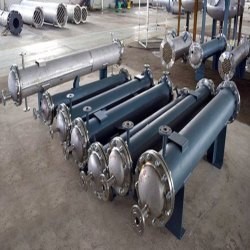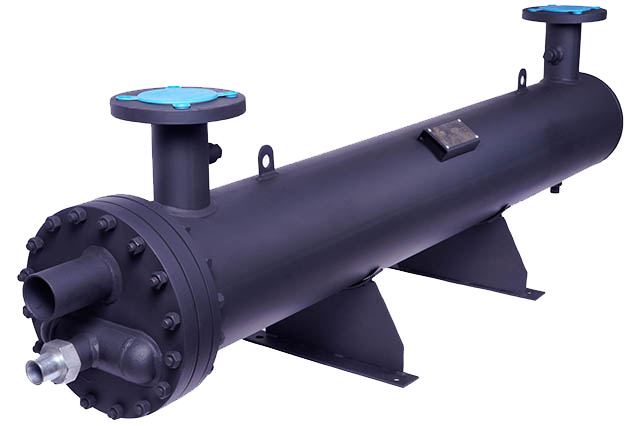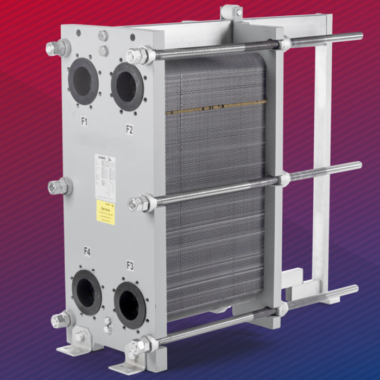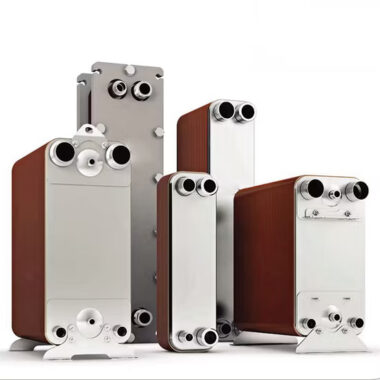What is a shell and tube heat exchanger?
What is a shell and tube heat exchanger?
What is a shell and tube heat exchanger? : A shell and tube heat exchanger could be a sort of heat exchanger broadly utilized in industrial applications to exchange heat between two liquids. It comprises of a bundle of tubes encased inside a cylindrical shell. One liquid flows through the tubes, whereas the other liquid streams around the exterior of the tubes inside the shell. Heat is exchanged between the fluids through the tube walls.
Key components of a shell and tube heat exchanger include:
Shell:
- The shell may be a cylindrical vessel that encloses the tube bundle and gives a containment structure for the liquid flowing around the tubes. It regularly has inlet and outlet ports for the section and exit of the fluid.
Tubes:
- The tubes are the essential heat transfer surface inside the heat exchanger. They are organized in a bundle and are regularly made of metal (such as stainless steel, copper, or titanium) to withstand tall temperatures and weight differentials. The liquid streaming through the tubes is known as the tube-side fluid.
Tube Sheets:
- Tube sheets are thick plates found at each conclusion of the tube bundle. They give mechanical bolster for the tubes and guarantee legitimate arrangement and fixing. Tube sheets too encourage the exchange of heat between the tube-side and shell-side liquids.
Baffles:
- Baffles are inside structures inside the shell that coordinate the stream of shell-side liquid over the tube bundle. They advance turbulence and enhance heat transfer productivity by expanding fluid velocity and disrupting laminar stream.
Tube Passes:
- Tube passes refer to the way that the shell-side liquid takes because it flows through the heat exchanger. The liquid enters the shell through an inlet nozzle, passes through multiple tube passes in parallel or series, and exits through an outlet nozzle.
Tube Bundle:
- The tube bundle comprises the cluster of tubes organized inside the shell. The tube bundle is ordinarily detachable for support and cleaning purposes. It may too incorporate support structures such as tie poles or spacers to preserve tube alignment and spacing.
Shell and tube heat exchangers are highly flexible and can be customized for a wide run of applications and working conditions. They are commonly utilized in industries such as petrochemical, chemical preparing, power generation, HVAC, and refrigeration, where efficient heat exchange is basic for process optimization and gear execution.







Explore different types of Heat Exchangers - Cool Fab Equipments June 29, 2024 at 10:12 pm
[…] in different plans to suit diverse applications and working conditions. The most types incorporate shell and tube, plate, finned tube, air-cooled, and regenerative warm exchangers. Here’s an in-depth […]